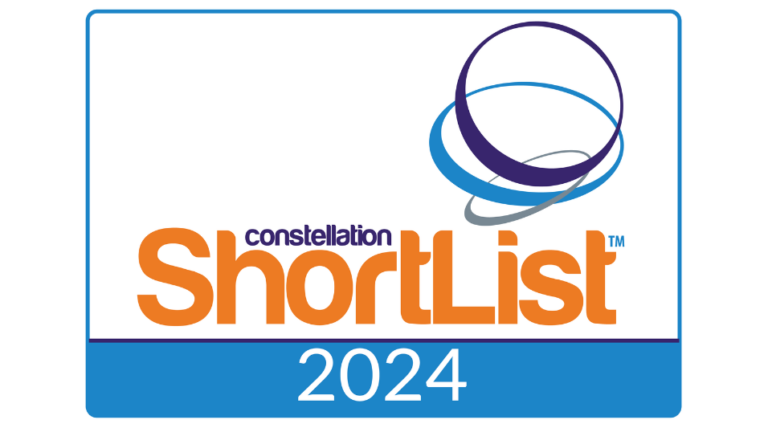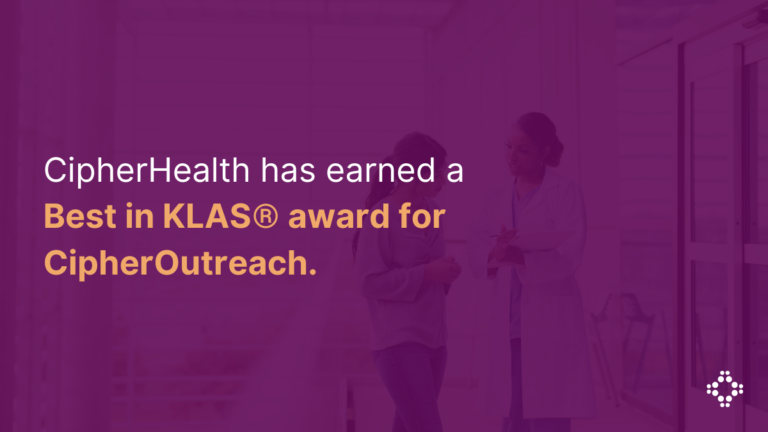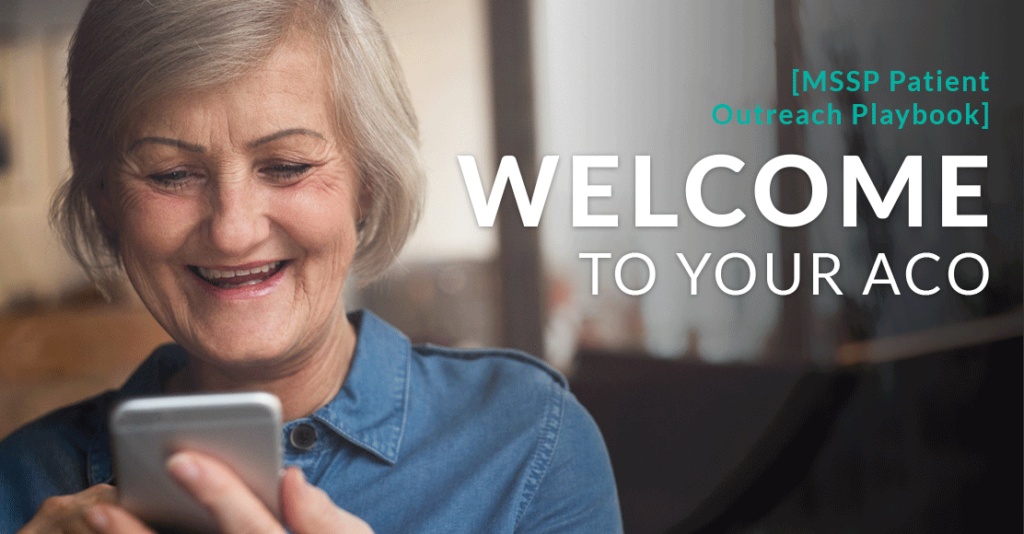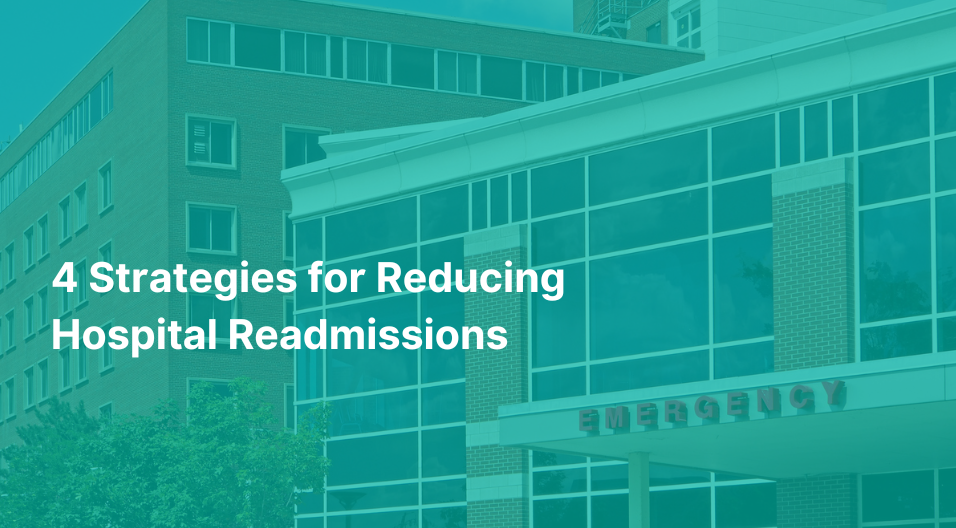This is the first installment of a multi-part blog series called “MSSP Patient Outreach Playbook.” The series will discuss outreach strategies that MSSP ACOs can leverage to improve patient engagement and drive population health management success.
Since the launch of the Medicare Shared Savings Program (MSSP) in 2012, the number of participating accountable care organizations (ACOs) has grown consistently year over year. As providers across the continuum increasingly come together to form these partnerships, more and more Medicare beneficiaries are being positively impacted by way of receiving coordinated, cost-efficient, and high-quality care.
As the MSSP program continues to grow, there is an opportunity for new ACO participants, namely primary care providers (PCPs), to reconnect with patients and “welcome” them into the ACO. Providers that proactively use this touchpoint to engage their panel of Medicare beneficiaries can take a critical first step toward keeping them in-network, improving care coordination, and managing costs.
Making a Good First Impression
Unlike managed care, Medicare beneficiaries are not incentivized to seek care within their provider’s ACO. They are free to see any physician who accepts Medicare at any time and are not penalized for “leaking out.” With the absence of a tangible incentive for patients to remain loyal, the onus is on the ACO to convey the value of receiving highly coordinated care.
Educating patients about ACO benefits in terms of impacts to the care that they receive can build trust and help them understand why it’s in their best interest to stay in-network. It also gives providers the opportunity to clarify any misconceptions about ACOs, as sometimes beneficiaries confuse the delivery model with the Patient Protection and Affordable Care Act (“Obamacare”).
Proactive outreach is one way for new members to alert patients of their participation, even before they step foot inside a facility. However, the challenge lies in reaching a high volume of patients at the start of the performance year. Automation tools can help overcome this by empowering care management teams to engage large patient populations at scale. It also enables ACOs to improve reach and meet beneficiaries where they are, in terms of the patient’s preferred method of communication, such as text messages, phone calls, or emails, as well as ensuring the communication is in their preferred language and appears to come from their PCP.
Getting Reacquainted with the PCP
Attributing beneficiaries to MSSP ACOs is most often based on the use of primary care services. In order for ACOs to achieve significant cost savings and meet aggressive financial targets, it’s critical that beneficiaries receive a plurality of healthcare services from participating PCPs.
ACOs can utilize automated welcome calls and text messages to connect beneficiaries with their PCPs. These communications can be used as a way to introduce care teams, clean up patient panels, conduct health assessments, and provide an opportunity for those with prolonged gaps in care to easily schedule appointments. And by integrating with EMRs or patient registries, ACOs can deploy highly targeted outreach programs that prioritize high and rising risk beneficiaries.
By steering patients toward participating PCPs, ACOs can meet quality metrics, control access to high-cost secondary care, and reduce the chance of inpatient utilization through physician-led disease management. All of this translates into ACOs having a heightened ability to bend the cost curve and drive shared savings.
The Power of a Virtual Hug
In many ways, ACO welcome outreach is a “virtual hug” and a friendly reminder that there is a PCP and team of medical professionals dedicated to helping their patients stay healthy. It also gives patients agency in their own care by offering transparency and prompting action. A truly effective outreach strategy should have the ability to reach all patients, and automation can greatly enhance care management teams’ ability to scale engagement and ensure beneficiaries are not falling through the ACO cracks from the start.
For ACOs, implementing a comprehensive engagement strategy that shows patients how care can be connected and coordinated can help augment shared savings. Additionally, with targeted programs such as welcome calls, the ACO can differentiate its provider network and capture market share.
To learn more about how ACOs can drive success, stay tuned for the next installment of the “MSSP Patient Outreach Playbook Series”.








